Reconstruction and redevelopment of a living room implies a change in its configuration with the introduction of adjustments to the engineering structures. Typical buildings have long ceased to satisfy the needs of residents, and therefore often there is a need for certain changes. It is worth noting that, despite the fact that a significant part of the premises is privately owned, this does not give owners the right to arbitrarily change their technical and operational characteristics.
Reconstruction and redevelopment of a living space - what is it
In accordance with the Housing Code, the conversion includes the following actions:
- replacement of gas stoves with electric ones;
- transfer of plumbing and gas appliances;
- re-equipment of bathrooms;
- reconstruction or laying of pipelines or electricity supply networks;
- other things.
As for redevelopment, this concept implies a change in configuration while maintaining the main purpose of the room. This is an adjustment or a complete revision of the original project with adjustments to the internal or external space.
The conditions for the redevelopment (reorganization) of the dwelling are reflected in the legislation. If the requirements are not met, then by decision of the court a penalty may be imposed up to the removal of the premises from the property. Most often, if possible, the person who committed such unlawful acts is obligated to restore the building to its original state.
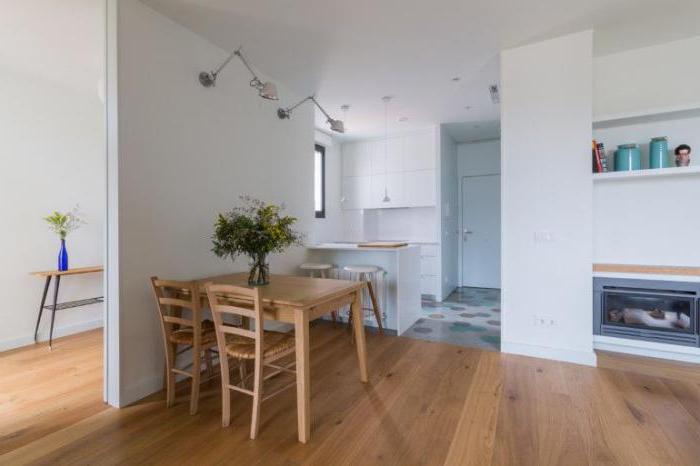
Reconstruction and redevelopment of residential premises: concept and types
When deciding on changes in their home, not all owners know exactly what actions require appropriate permission. The Housing Code defines the list of works that can be attributed to such categories as the reorganization and redevelopment of residential premises. The concept and types can be described by the following list:
- Combining rooms horizontally by organizing openings in load-bearing structures.
- Arrangement of stairs.
- Combining rooms vertically by organizing openings in the ceilings.
- Installation of additional partitions that increase the load on the supporting structures.
- Reconstruction of the floor.
- Creation or liquidation of door and window openings, as well as changing their shape.
- Glazing of balconies.
- Changing the entrance to the living room by arranging porches, vestibules and other objects.
- Installation of outdoor facilities, which include air conditioners, antennas and more.
- Changing the type of materials that make up balconies and other outdoor structures.
- Connection of the loggia with the internal living space.
- Change of design or relocation of bathrooms or kitchens.
- Replacing a gas stove with an electric one.
- Installation of equipment that requires additional consumption of resources (water, gas, electricity).
Reconstruction, redevelopment, re-equipment of residential premises is regulated by law. These actions cannot be performed arbitrarily, but they should be coordinated with the relevant authorities in order to ensure security and respect the interests of residents.

The difference between redevelopment and conversion from reconstruction
The concept of reconstruction, redevelopment of a living space is often confused with reconstruction, which is unacceptable.The latter term means changing the parameters of a building or its individual parts, as well as restoring load-bearing structures in order to improve operational and aesthetic indicators.
A concept such as reconstruction can be characterized as follows:
- the construction of extensions or high-rise superstructures or the analysis and dismantling of part of the building;
- replacing worn-out engineering structures with newer and more modern ones that improve operational characteristics and also increase the safety indicator;
- updating engineering equipment (with the exception of trunk networks);
- improving the appearance of the building, as well as the territory adjacent to it.
Thus, we can say that we can talk about reconstruction in the case when it comes to changing the technical and operational indicators of the apartment building as a whole. As for redevelopment, this concept can be included in the previous one. At the same time, mandatory marks and changes are made to the technical passport of the room.
Prohibition of redevelopment
In accordance with legislative norms, the conversion and redevelopment of residential premises is unacceptable in the following cases:
- if, as a result of the changes made, the living conditions of people in other rooms worsen;
- if access to communications is difficult;
- if the premises after redevelopment runs the risk of falling into the category of unsuitable for living;
- if the number of residential premises is significantly reduced in favor of utility rooms without a corresponding change in their status;
- when it comes to premises owned by the defense department;
- if as a result of redevelopment there is a violation of the integrity or stability of the supporting structures;
- if you plan to equip a room with an area of less than 10 square meters;
- if the transformations in any way affect the use of communications.
It is worth noting that the ban on redevelopment is primarily caused by security considerations for the residents of the premises. Especially carefully checked are cases when the integrity of the supporting structures and floors is affected, and the load on them is also significantly increased.
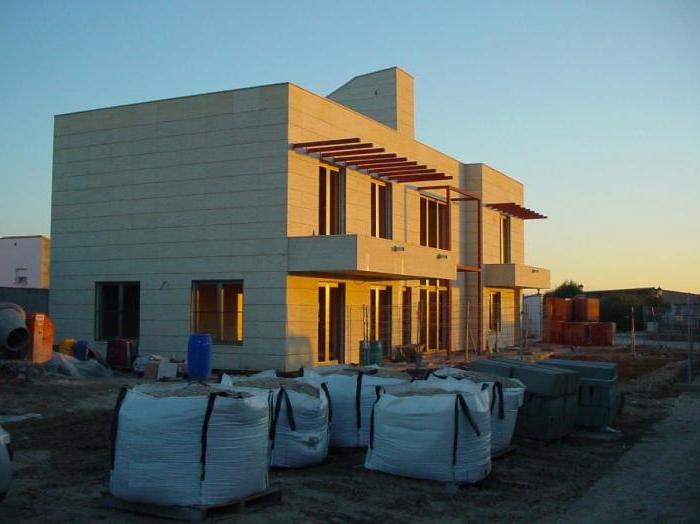
Redevelopment Application
If it is planned the reconstruction and redevelopment of the living quarters, then this issue in no case can not be solved arbitrarily. First, the following list of documents should be submitted to the appropriate authority at the place of residence:
- a statement from the direct owner of the premises or his proxy;
- originals or notarized copies of documents confirming ownership;
- a project in accordance with which the reorganization and redevelopment of a dwelling will be carried out;
- technical passport for residential premises;
- a document containing written consent to the redevelopment of all family members living in this room (this also applies to temporarily absent residents);
- the conclusion of the relevant authority that the building or premises to be rebuilt does not belong to objects of cultural or historical heritage.
Within 45 days, a decision will be made on whether to permit or prohibit redevelopment. The second situation may be related to improper paperwork or other reasons established by law.
It is worth noting that the conditions for the redevelopment (reorganization) of a dwelling do not always require the provision of such a wide package of documents. So, for example, when it comes to the elimination of the built-in closet, which was originally provided, or was mounted by previous owners, a written consent from all current residents of the premises (apartment or house) is sufficient.
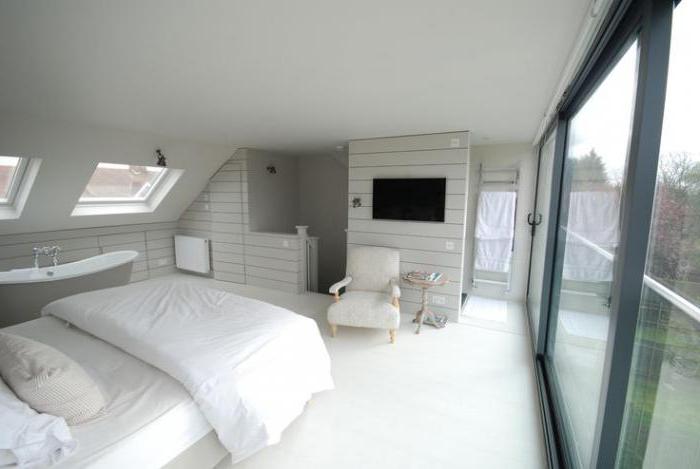
Unauthorized redevelopment
It is worth noting that redevelopment is a rather delicate issue, because it can significantly affect the condition of the premises. That is why this process requires such lengthy preparatory procedures and obtaining many permissions. And even if the changes were unauthorized, the initiators often try to legalize them quickly after the construction work.
The consequences of the unauthorized reconstruction (redevelopment) of the premises are not only the occurrence of responsibility in accordance with the law. This may cause emergency situations including flooding, caving in and other unpleasant moments. Quite often, owners are obliged to return the premises to its original appearance.
You can legitimize unauthorized redevelopment through the courts. For this, the owner of the premises file a lawsuit, which indicates the following data:
- passport details, as well as the exact address of the applicant;
- the legal address of the defendant, in the capacity of which these or other government bodies are in charge of the premises (this may be the city or district administration and so on);
- a description of the request to keep the premises in a re-planned state;
- list of documents that are attached to the claim;
- date and signature.
In order to legally legalize such transformations as the reorganization and redevelopment of the premises by the tenant, it is necessary to attach the following list of documents to the lawsuit:
- technical passport from the BTI, which reflects the condition of the object before and after the introduction of changes;
- conclusion on the results of a technical assessment of the supporting structures
- the conclusion of the relevant authorities that the redevelopment does not violate sanitary and fire safety standards;
- documents establishing the applicant’s rights to the property.
It is worth noting that people decide on an unauthorized redevelopment not only because of lack of awareness of the rules of the law, but also because of their reluctance to spend time and money on official procedures. It is important to understand that you risk not only punishment, but also harm to the life and health of the residents and owners of the premises.
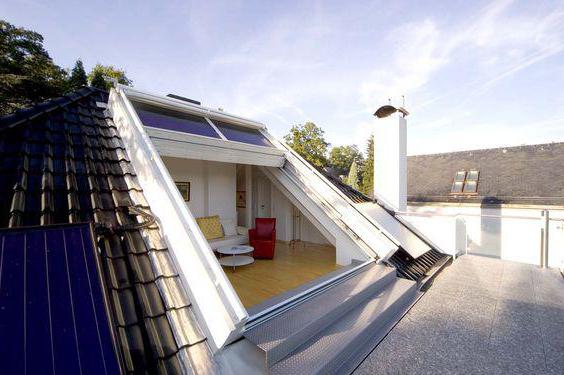
Litigation
Litigation on the re-planning (reorganization) of residential premises arises when these actions were carried out without permission. Moreover, according to the legislation, a person must prove that these actions did not affect the interests and rights of other residents of this building. In addition, clear evidence should be presented on both sides that there was a fact of redevelopment (it is important to distinguish from unauthorized construction, which has other legal consequences). The plaintiff in such cases may be the direct owner of the dwelling, its cohabitants or neighbors, other owners, as well as city administration bodies.
Quite often, property owners file a lawsuit to preserve the changes that have arisen as a result of actions such as the reorganization and redevelopment of the premises. Judicial practice shows that a decision turns out to be positive when it is documented that no legal rights and interests were violated by this action (a court order is issued on the basis of Article 29 of the Housing Code).
In order to retain the right to a re-planned premises, it is worth providing a wide package of documents that are issued by the following authorities:
- Department of Architecture and Urban Planning (that the aesthetic appearance has not been violated, and the strength of the supporting structures has been preserved);
- Center for Hygiene and Epidemiology (that redevelopment or reconstruction does not violate hygienic standards of living in the room);
- expert center (gives an opinion if the integrity of any building structures was violated).
If the person who arbitrarily committed the redevelopment, in as soon as possible will appeal to the appropriate authorities to give their actions an official status, it is quite possible to avoid a fine, as well as more serious punishments.
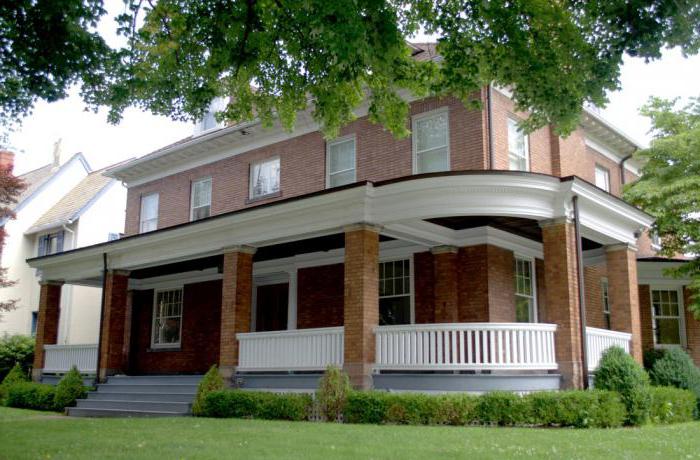
Legislation
The main regulatory document that governs issues such as the conversion (redevelopment) of residential premises is the Housing Code. It is based on the following basic tenets:
- ensuring decent living conditions for citizens, an adequate level of security, as well as the inviolability of property rights;
- ensuring unconditional compliance with housing legislation;
- the equality of all participants in housing relations that are associated with property, regulation, and other categories;
- restoration of housing rights that were violated by third parties;
- ensuring the safety of housing stock;
- control over the intended use of the premises.
Each responsible owner of a dwelling, before proceeding with a redevelopment, should familiarize himself with this document in order to determine the need for permission for certain types of work.
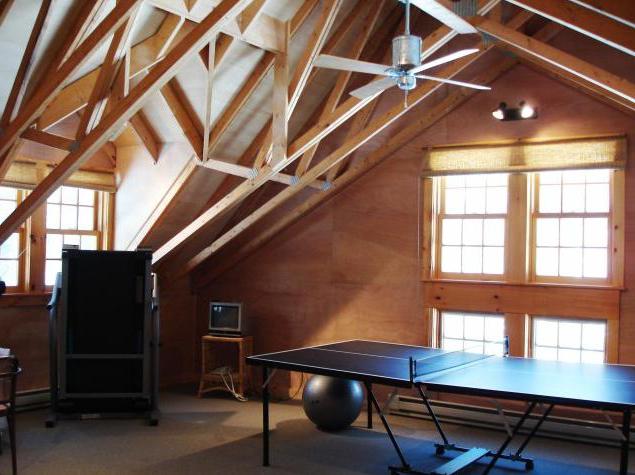
Other legislative acts
Any changes you want to bring to your home are quite expensive and time consuming. This is due to both bureaucratic procedures and direct construction work. Many unscrupulous owners seek to save on issues such as the conversion and redevelopment of housing. The legislation that regulates this issue, in addition to the Housing Code, is also represented by the following regulatory legal acts:
- the rules for the use of premises approved by the Government;
- the rules for the operation of premises in an apartment building, as well as the operation of the property contained therein;
- the rules for the technical operation of the housing stock established by Gosstroy;
- the norms and rules approved by the State Civil Administration that regulate the assessment of physical deterioration of premises;
- rules governing the assessment of the strength of load-bearing structures and ceilings (Gosstroy).
It is worth noting that the list of regulatory legal acts that regulate any changes made to the design of residential premises is constantly updated and supplemented in order to comply with the interests and ensure the safety of residents.
findings
The most common action that owners of apartments or houses perform in order to improve living conditions is repair. Reconstruction, redevelopment of residential premises are more complex procedures that lead to a change in technical and operational characteristics, and therefore special requirements are put forward to them.
Quite often, redevelopment and re-equipment is confused with reconstruction, however, this is not so. The latter concept involves improving the appearance and strengthening the strength of the building. But it does not in any way affect the operational characteristics declared in the technical certificate of the premises initially.
In order to carry out redevelopment (reorganization), a whole package of documents should be submitted to the relevant authorities. Among them is a statement, as well as a document confirming the ownership of the dwelling. It is also worth submitting a pre-designed project with accurate calculations, in accordance with which changes will be made in the layout. The primary authorities shall submit the primary technical passport, as well as the written consent of all tenants to conduct these events.
The decision to issue a permit for redevelopment is made within 45 days. It should be understood that it is not always positive.If the commission considers that someone’s living conditions worsen as a result of the transformations, then a refusal may be issued. It is also possible in case of difficulty in access to communications, removal of premises from the housing stock, increase in the area of utility rooms. When checking, special attention is paid to the condition of the supporting structures. An excessive load on them or a violation of integrity, which may subsequently lead to collapse, is unacceptable.
